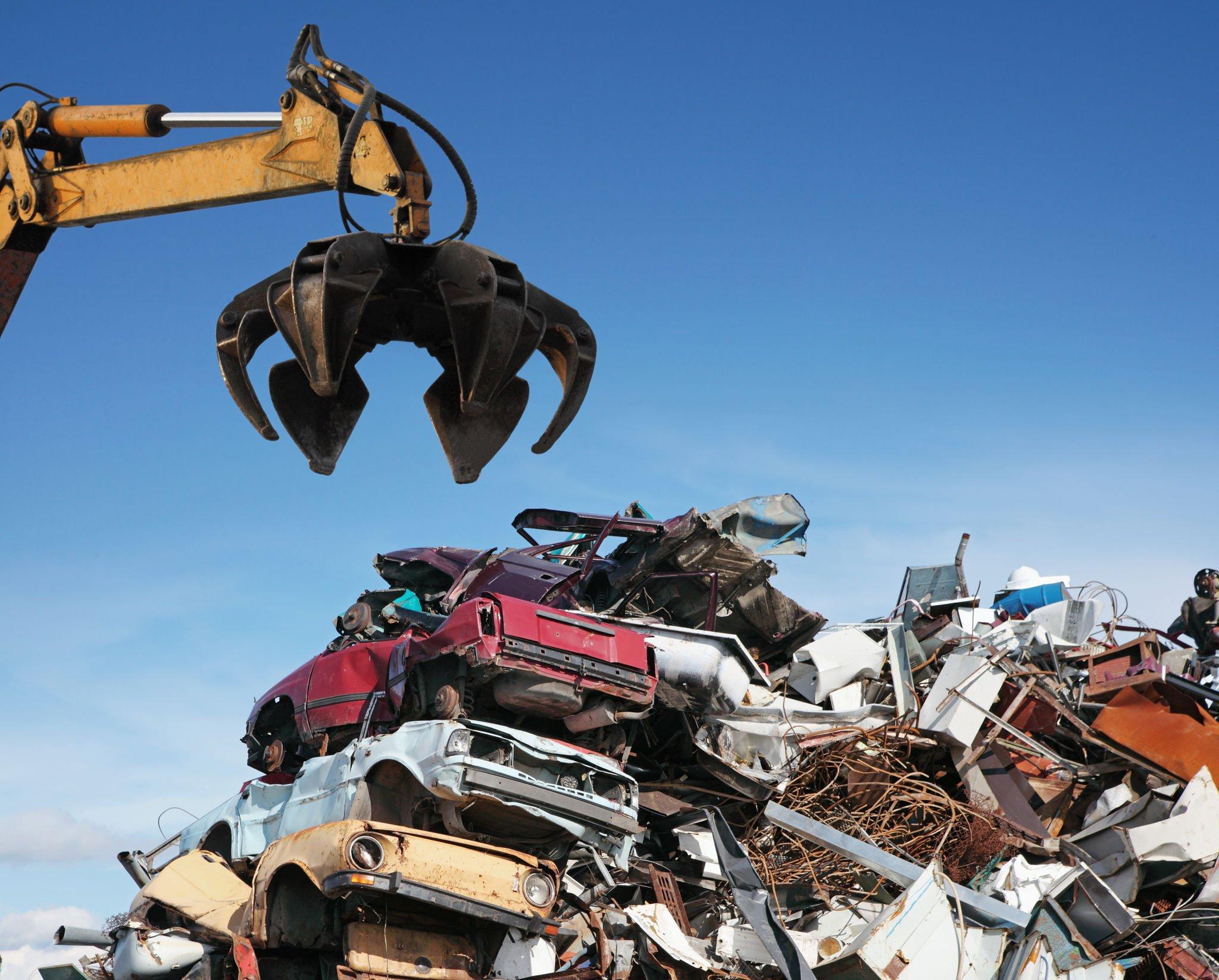In the realm of automobile enthusiasts and cost-conscious consumers, salvage yards have emerged as treasure troves of automotive parts and components. However, amid the multitude of options, the quest for a trusted yard can be a daunting one. Balancing the allure of cost savings with the necessity of quality and reliability calls for a discerning approach.
In this guide, the experts from B.Y.O.T. Auto Parts will assist you in navigating this journey, offering insights into key factors that define a reputable salvage yard. From evaluating online reviews to examining yard conditions, a well-informed decision can ensure a fruitful and secure experience.
What to look for in a salvage yard?
Navigating the labyrinth of salvage yards requires a vigilant eye and a discerning mindset. To ensure you pick one that guarantees an efficient and streamlined experience, have a look at these key factors to consider during your search:
1. Reputation and reviews
Before venturing into any salvage yard, it’s essential to gauge its reputation within the automotive community. Online reviews and testimonials from previous customers can provide valuable insights into their reliability, customer service, and the quality of their inventory. Positive reviews and a strong reputation indicate a team that takes pride in its offerings and customer satisfaction.
2. Inventory and organization
Trusted professionals will have a well-organized and comprehensive inventory. Feel free to walk around and assess the condition of the vehicles and the parts they contain. An organized yard indicates that the staff takes care to catalog and preserve salvageable items, making it easier for customers to locate what they need. Beware of those that seem chaotic or disorganized, as this can lead to frustration and wasted time.
3. Licensed and accredited
Legitimate providers should possess the necessary licenses and permits to operate legally. This includes adhering to environmental regulations and safety standards. Check if they are accredited by industry associations or have certifications that attest to their commitment to quality and compliance.

4. Knowledgeable staff
Knowledgeable staff can be invaluable when searching for specific parts or seeking advice on compatibility and installation. A reputable yard will employ staff who understand automotive systems and can guide you in finding the right components for your needs. They should also be willing to provide information about the history of the available parts and vehicles.
5. Return and exchange policies
Even in the most trustworthy salvage yards, mistakes can happen, and parts might not work as expected. Prior to making a purchase, inquire about their return and exchange policies. If they offer fair and transparent policies, they’re more likely to prioritize customer satisfaction and build trust.
6. Condition of parts
Thoroughly inspect any parts you intend to purchase. While some wear and tear are expected due to the salvaged nature of the items, they should still be in functional condition. Look for signs of excessive rust, damage, or deterioration that can render the part unusable. If possible, test the part before purchasing it to ensure it works as intended.
7. Pricing transparency
They should provide clear and transparent pricing for their parts. Avoid those that seem to arbitrarily assign prices to items. Compare the prices of parts you’re interested in with those from other yards or even new parts to ensure you’re getting a fair deal.
Read also: Why it is Important to Properly Inspect Your Car before Shipping?
8. Warranty options
While used parts typically come without warranties, some reputable yards might offer limited warranties on certain items. This can provide an added layer of confidence in the quality of the part. Inquire about any available warranty options and the terms associated with them.
9. Environmental responsibility
A responsible yard will adhere to environmentally friendly practices, disposing of hazardous materials properly and recycling materials whenever possible. Choosing a team that prioritizes eco-friendly practices contributes to a more sustainable automotive industry.
10. Location and accessibility
A location that’s relatively close to yours can save you time and transportation costs. Additionally, ensure that they have a safe and accessible layout for customers, with clear paths and proper signage.


